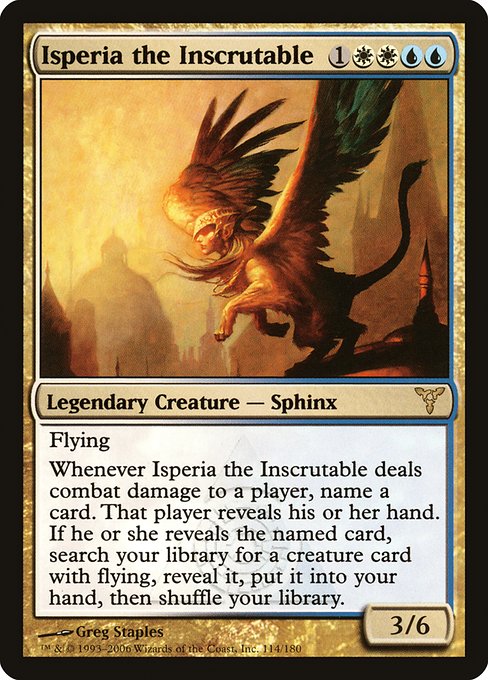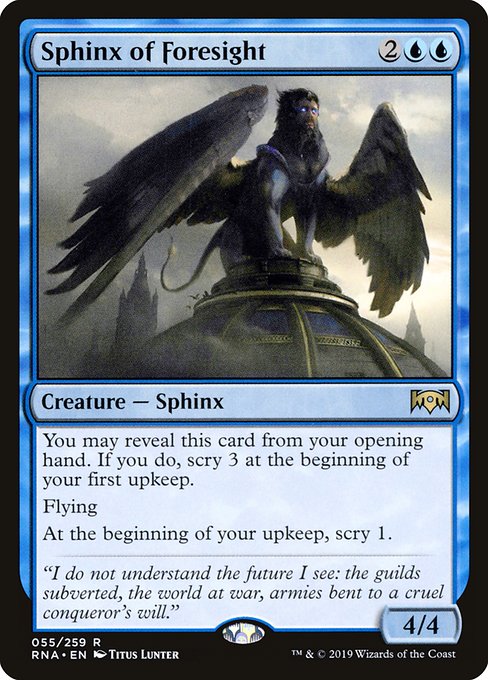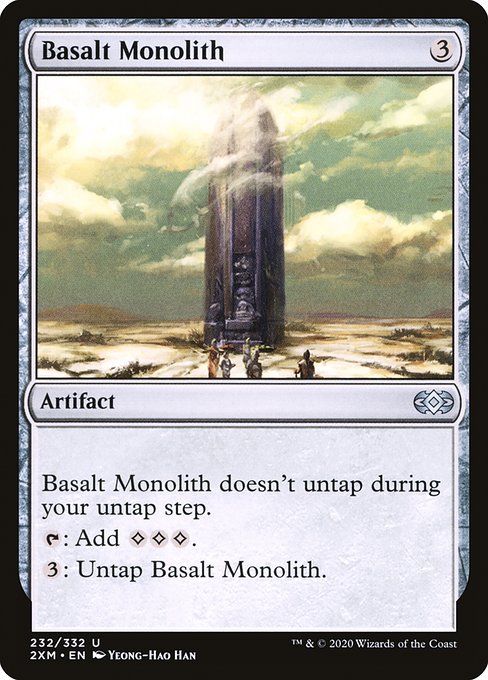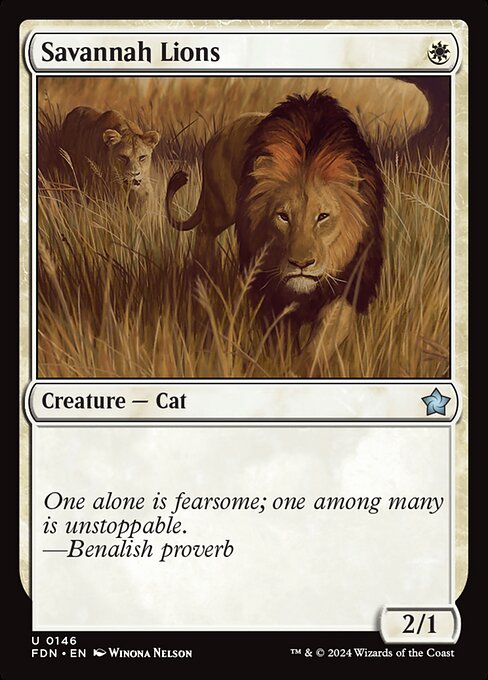Deck & Commander Strategies

Danitha Capashen, Paragon
Mono-white aura and equipment deck focused on buffing creatures with cheap Auras and Equipment to build a strong board presence and win through combat damage.

Isperia the Inscrutable
Flying tribal deck that uses flying creatures to control the skies and apply pressure, supported by budget-friendly tribal synergies.

Lazav, Dimir Mastermind
Dimir mill and graveyard value deck that mills opponents to disrupt their strategy and uses graveyard interactions to gain incremental advantage.

Zirda, the Dawnwaker
Rebel tribal deck leveraging Zirda's activated ability cost reduction to flood the board with Rebels, aiming to overwhelm opponents through sheer numbers rather than combo finishes.
Gameplay Insights
- 1
Choosing to avoid infinite combos with Zirda in favor of a tribal swarm strategy allowed for more interactive gameplay under budget constraints.
- 2
Lazav's milling strategy capitalized on newly available Zendikar Rising mill cards to enhance the deck's disruption and synergy within budget.
- 3
Danitha's aura and equipment package was surprisingly strong despite budget limits, showcasing the power of incremental buffs and protection in mono-white.
- 4
Isperia's flying tribal deck, while limited in support cards, was a viable pressure strategy that forced opponents to address aerial threats.
- 5
The budget restriction led to creative deckbuilding, focusing on tribal synergies and incremental value rather than expensive staples or combos.
Notable Cards
-

Danitha Capashen, Paragon
-

Isperia the Inscrutable
-

Lazav, Dimir Mastermind
-

Zirda, the Dawnwaker
-

Sphinx of Foresight
-

Basalt Monolith
-

Savannah Lions
Gameplay Summary
The game began with all players adapting to the unique constraints of a $50 budget, with commanders randomly selected under $1.
Danitha Capashen led a mono-white aura and equipment deck aimed at building powerful board presence through buffs and protection.
Lazav, Dimir Mastermind pursued a mill and graveyard value strategy with mill cards from Zendikar Rising and other budget-friendly options.
Zirda, the Dawnwaker focused on a Rebel tribal deck that leveraged Zirda's activated ability cost reduction to flood the board with Rebels without relying on infinite combos.
Isperia the Inscrutable piloted a flying tribal deck, capitalizing on limited but impactful flying support cards available under budget restrictions. Early turns saw players settling into their strategies, with Lazav setting up mill and graveyard synergies, Danitha aiming to equip and aura up creatures for combat advantage, and Zirda preparing to deploy Rebels en masse.
Isperia sought to control the skies and leverage flying creatures for tempo and pressure.
The game featured strategic decisions around board presence and incremental value rather than explosive combos due to budget and card restrictions.
Key moments included Lazav milling opponents to weaken their resources, Danitha's aggressive aura and equipment buffs threatening to end the game through combat damage, and Zirda's Rebels steadily building a wide board.
The flying tribal deck applied pressure from above, forcing opponents to respond carefully to air threats.
Ultimately, the game revolved around managing board control, leveraging tribal synergies, and maximizing value from budget constraints.








































